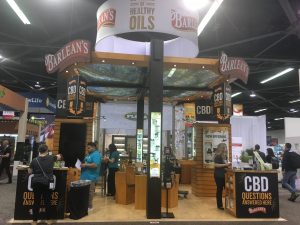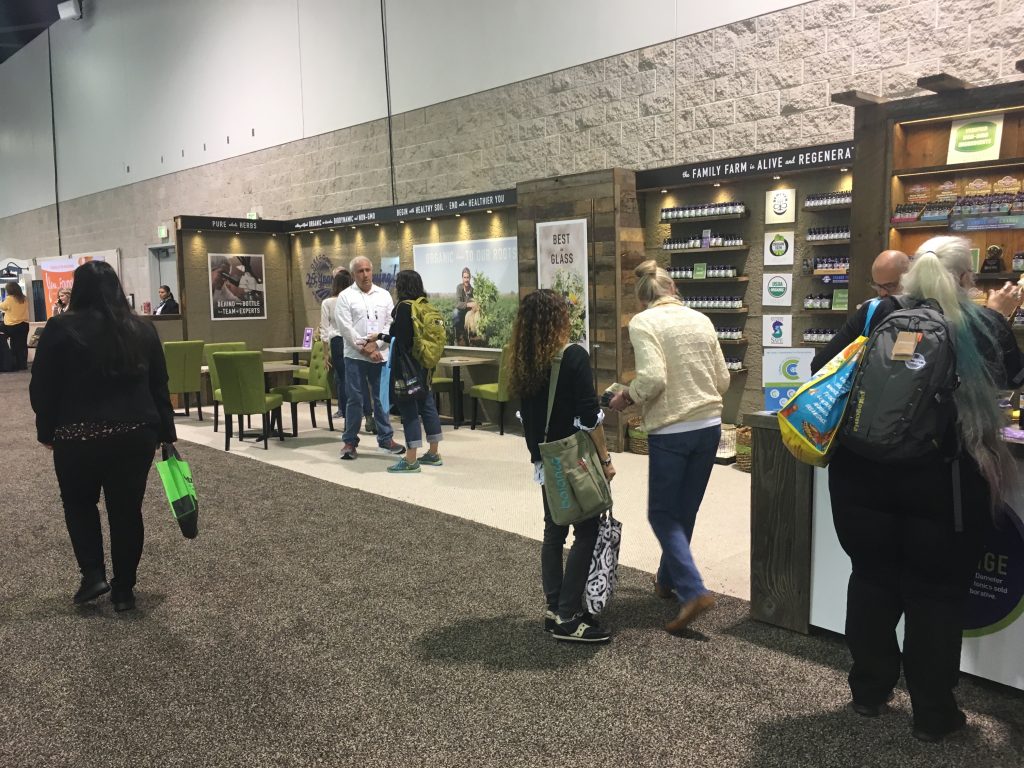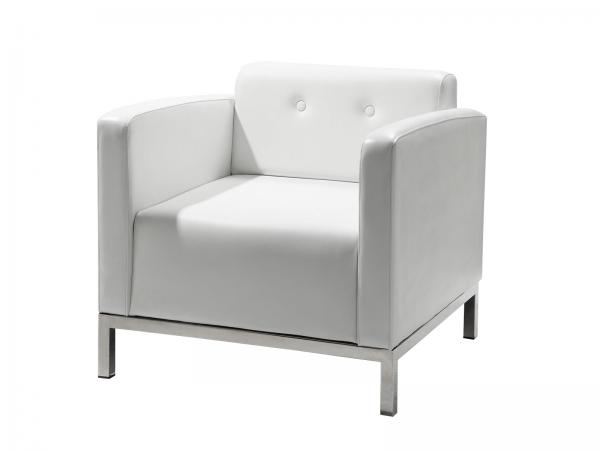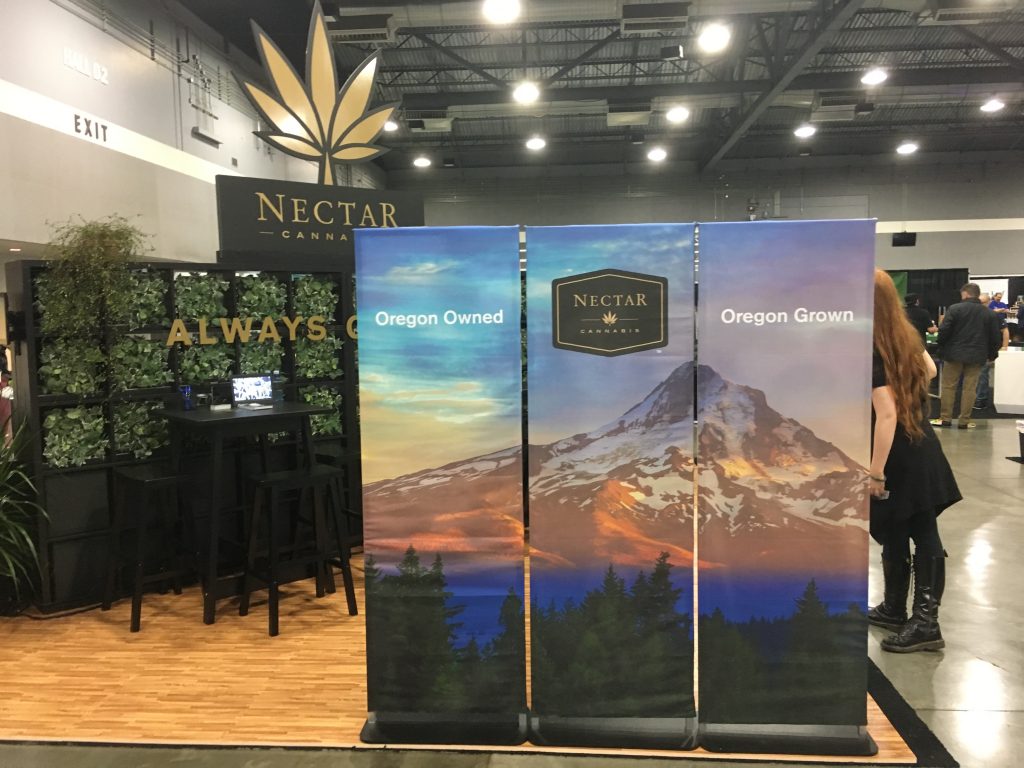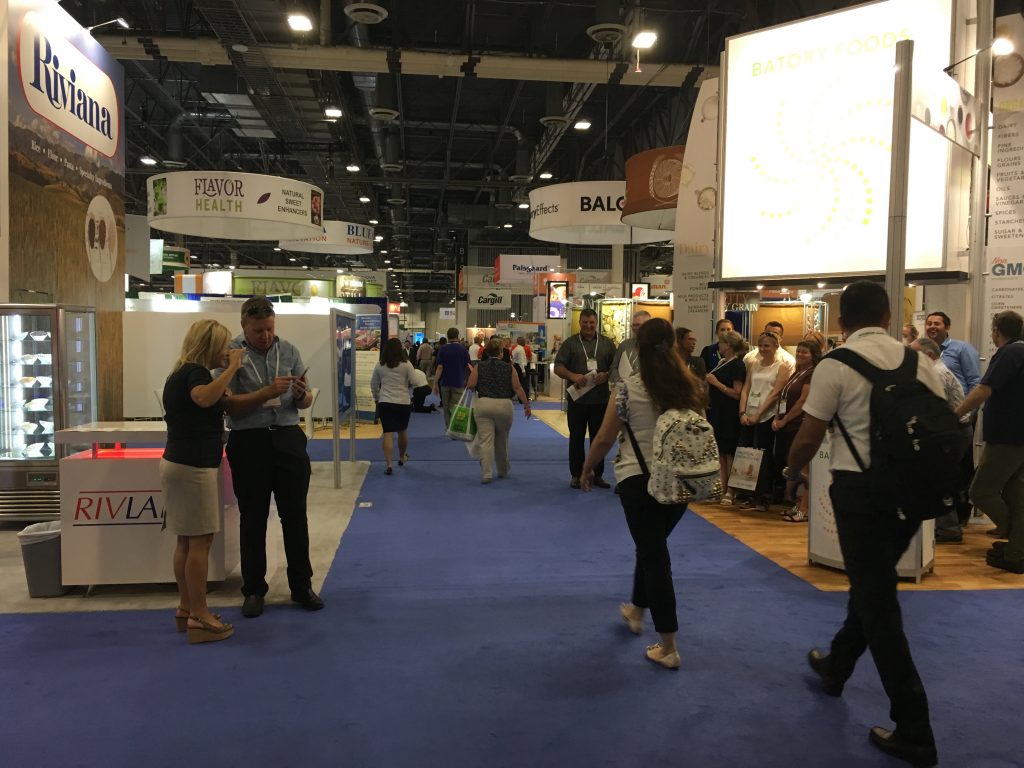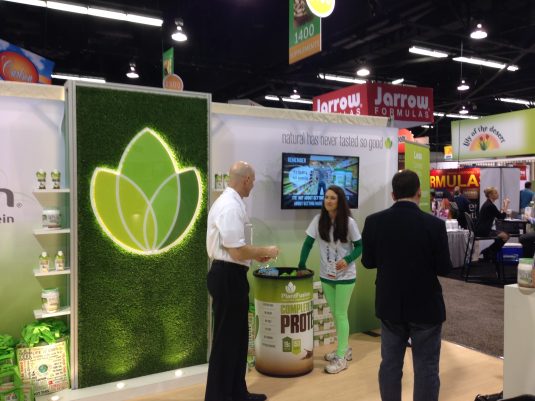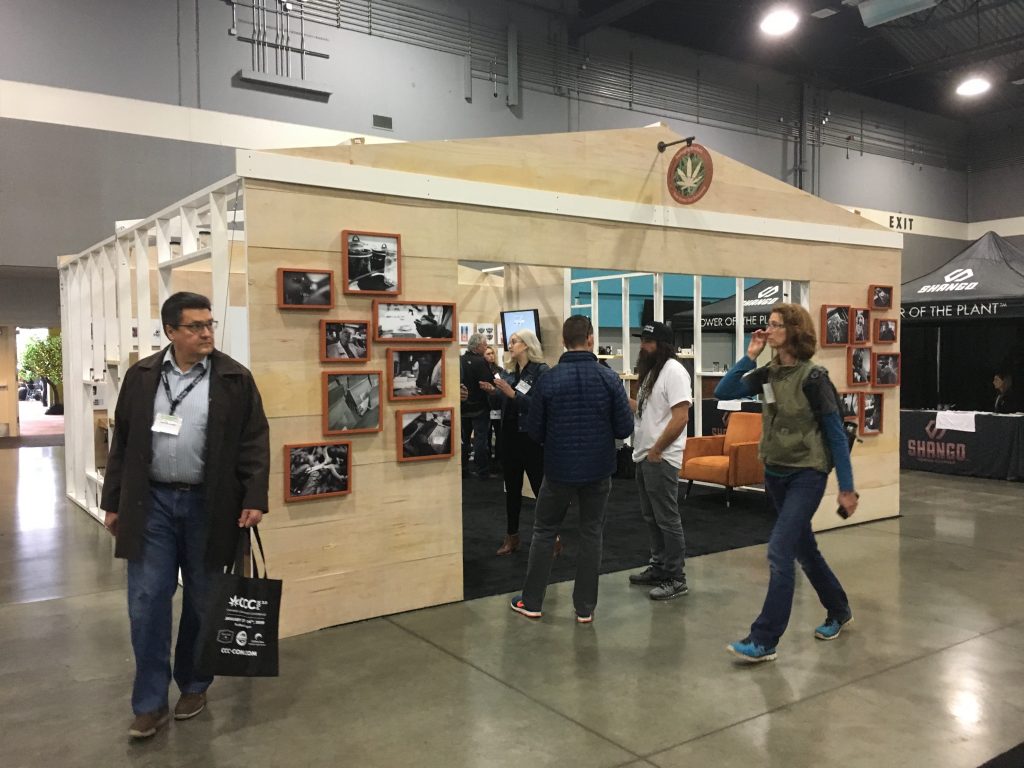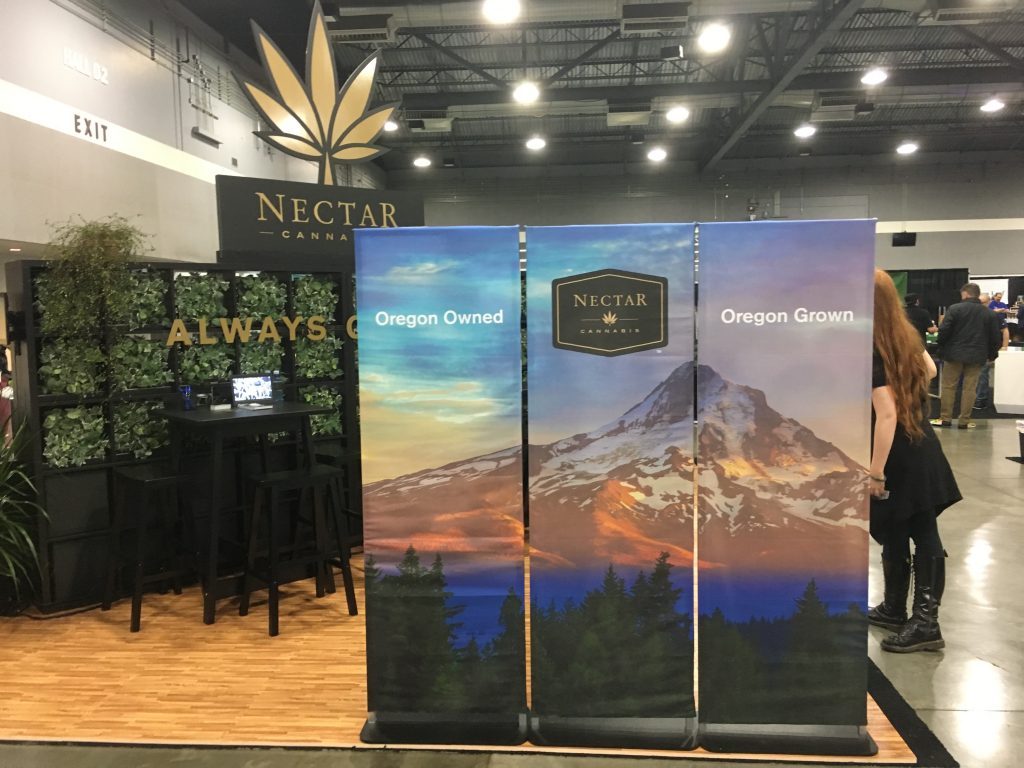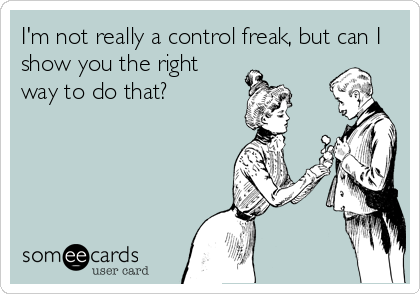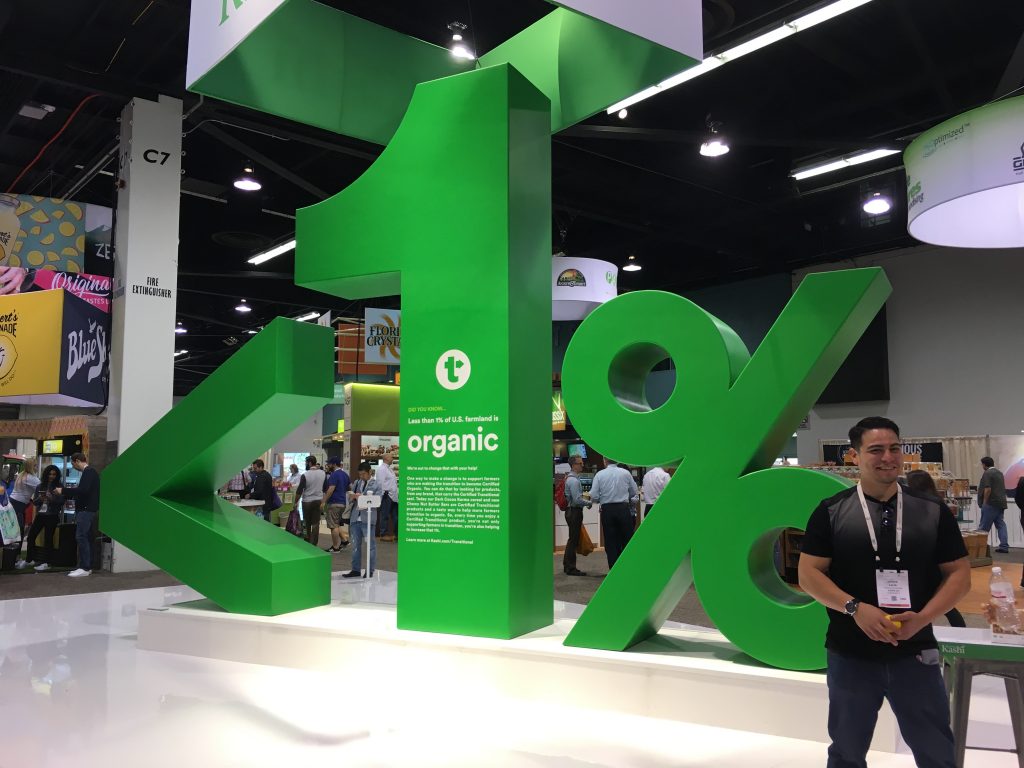How to Use Instagram to Spread the Word About Your Next Tradeshow
This is a guest post by Kayleigh Alexander from Micro Startups.
Instagram is one of the biggest social media platforms out there today. With more than one billion monthly active users and a diverse array of features, it offers plenty of scope for getting your tradeshow noticed.
Read onto discover how you can use this visual social platform to spread the word and drive up attendance to your next tradeshow.
Reach out to industry figures to reach a wider audience
Industry influencers are the perfect way to spread the word about your tradeshow. Notable figures within your business niche that command significant influence online are great for getting attention (and attendees!) to your event.
You likely already know scores of renowned individuals in your industry. Indeed, you might even have connections with them from previous tradeshows. Reach out to them with a friendly email and ask if they’d be happy to share an Instagram post promoting your event. Be sure to include your contact details so they can find your website and social profiles easily too.
Of course, this is two-way street. Offer your influencer contact something in return, such as a free piece of content or even just a coffee. You could even offer to promote their event, product, or service on your own social channels too.
Use hashtags to get your tradeshow noticed
Hashtags are the foundation of a solid Instagram strategy. People use hashtags to find the people and content they love, and the same applies for your industry too.
Find hashtags related to your niche by using a hashtag research tool. Simply enter the keywords relating to your business (for example, if you’re a grocery wholesalers, you might choose “grocery wholesalers” or “grocery distributors”), and search.
This will throw up a whole list of hashtags that you can use in your tradeshow promotional campaign on Instagram. Use a blend of both generic hashtags (e.g. #retail or #tradeshows) with more specific hashtags (#wholesalerstradeshow or #callcenterevents) to get your content seen by a wide audience.
Combine Instagram with email for strong lead generation
While Instagram is a marketing powerhouse, it doesn’t (and shouldn’t) exist in a bubble. Social media and email actually work in tandem with each other, with the former sourcing your leads and the latter locking them into your marketing funnel so you can promote your tradeshow to them time and again.
Use your Instagram as the launch pad for capturing attendee information. Grab your followers’ attention with eye-catching posts promoting your event, and include a trackable link in your bio that your followers can use to sign-up to your newsletter.
To boost the chances of people signing up, offer a freebie such as a downloadable ebook in return for their email address. These are easy and virtually free to create, and gives your followers a real incentive to sign up.
Embrace video to engage potential attendees
Video is a popular content form that’s great for engaging customers. By simply using your smartphone camera, you can quickly and easily create videos to share on your Instagram and promote your tradeshow.
Video is highly versatile. As this article on Instagram marketing from Moosend explains, video offers a staggering variety of formats, and there are plenty ideas you can use to spread the word about your event.
A simple piece to camera in which you let your followers know about your tradeshow is simple and easy to do. But beyond this, you can also share clips of your previous events, as well as sneak peeks of product demos you’ll be displaying.
And when the day of your tradeshow rolls around, you can use Instagram’s IGTV feature to live-stream your event as it happens. Your followers receive a notification when you start a live video, so it lets people who couldn’t attend experience your event too.
Sharing clips on your Instagram feed and Story makes for great adverts for your tradeshow.
Armed with the knowledge above, you’re now ready to launch your Instagram marketing campaign for your tradeshow. Follow these tips, and you’ll see your event attendance soar. Get started today and start promoting your tradeshow.
MicroStartups helps aspiring entrepreneurs achieve their dreams, however big or small. We love sharing the microbusiness message around the world.

